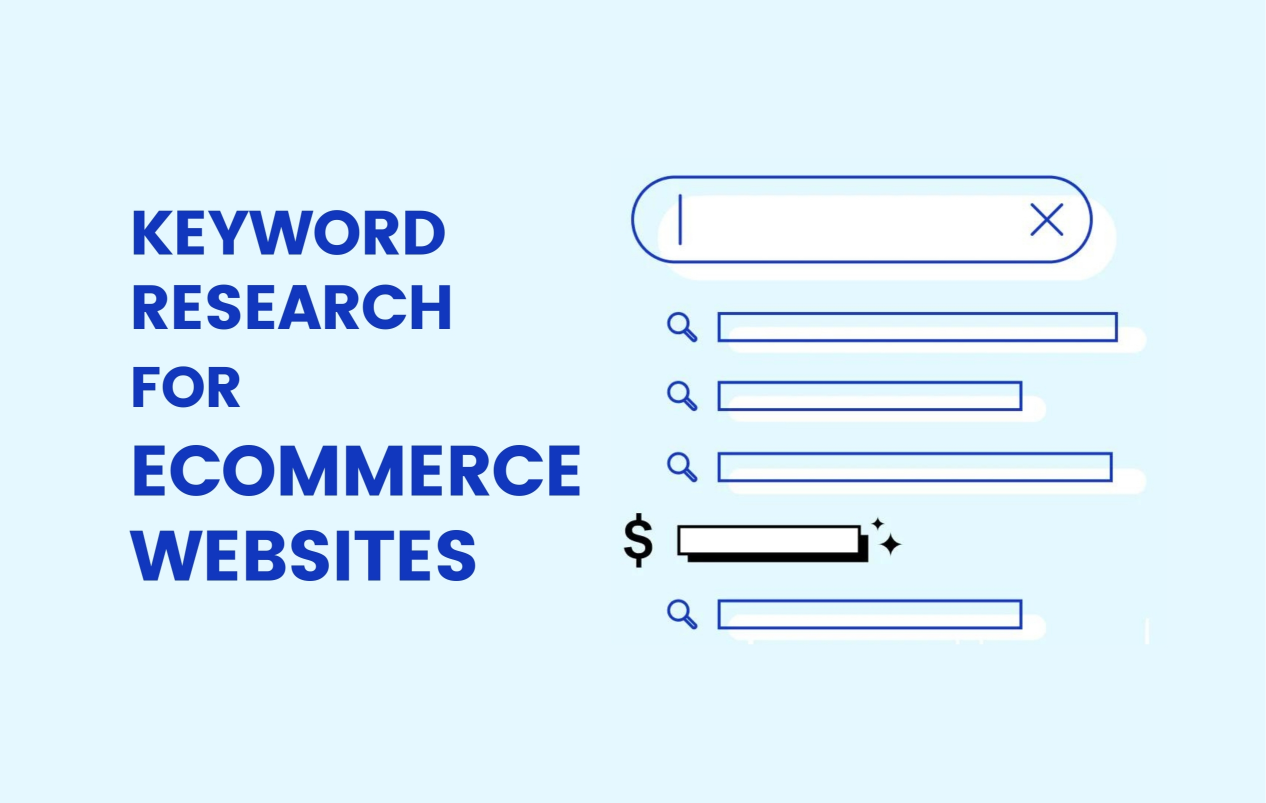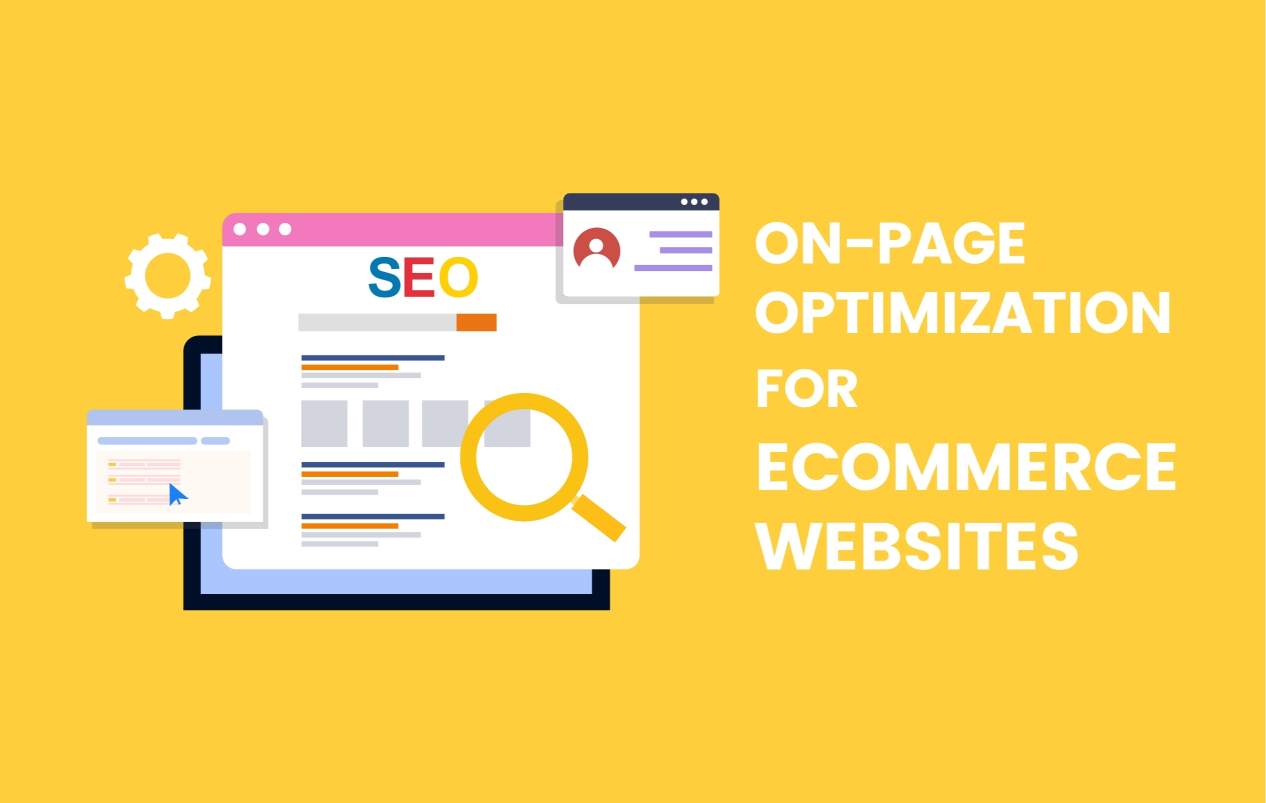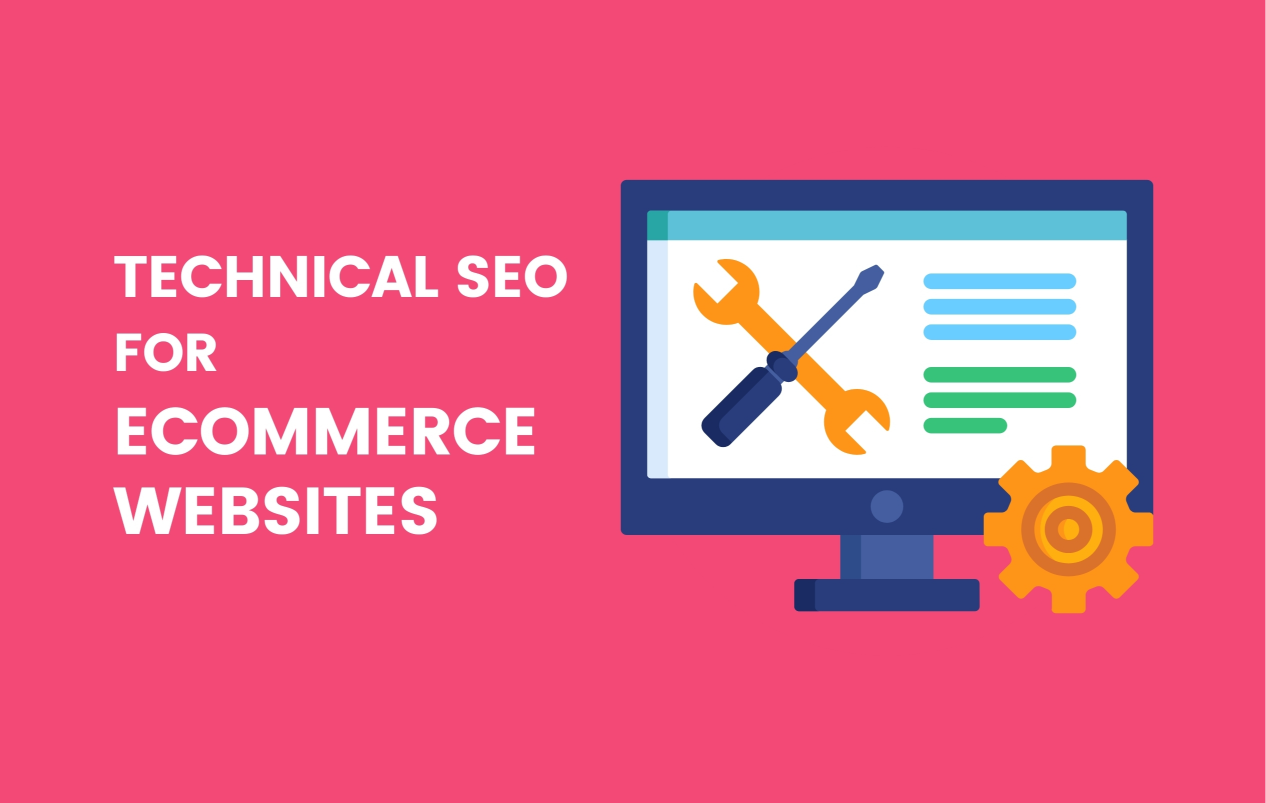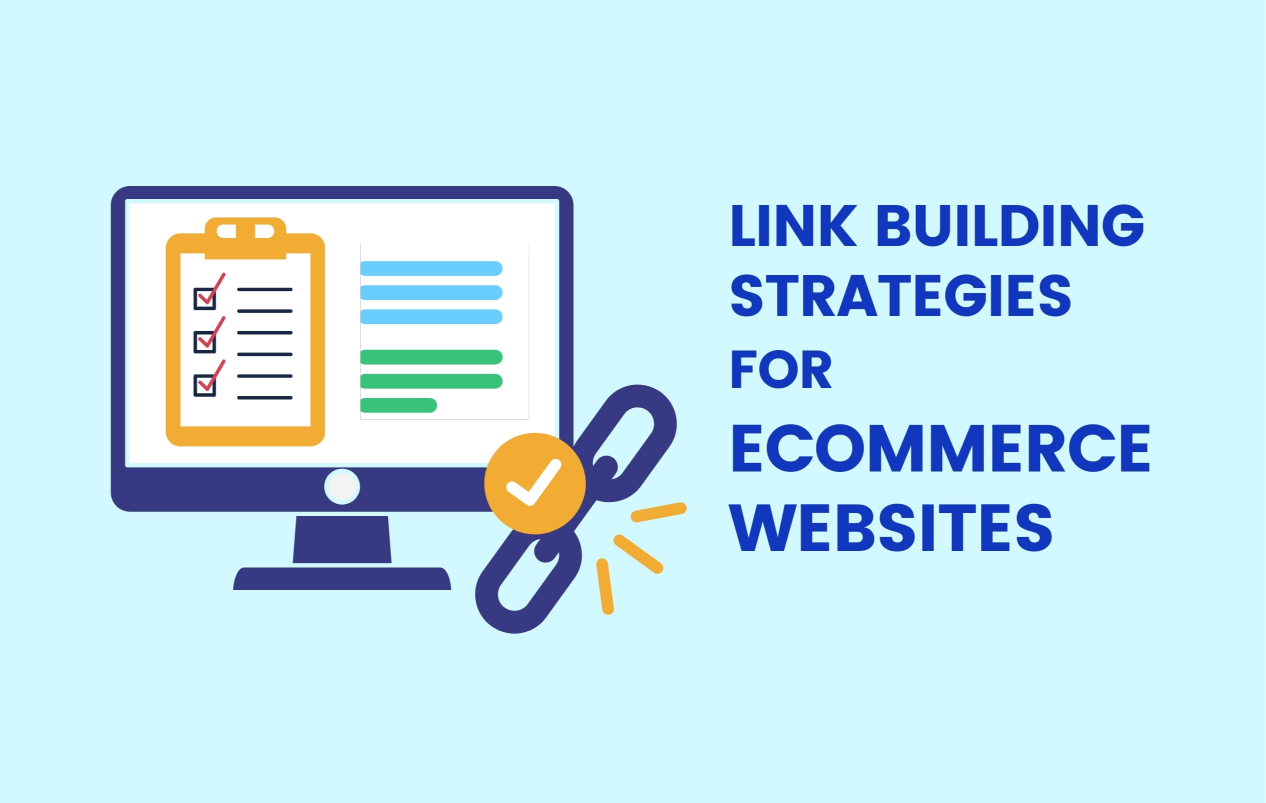The Ultimate Guide to SEO for Ecommerce Websites: Boost Your Online Store’s Visibility
Welcome to the ultimate guide to SEO for ecommerce websites, where we will help you boost your online store’s visibility and drive more organic traffic. In today’s increasingly competitive digital landscape, having a strong SEO strategy is essential for the success of your ecommerce business.
With millions of online stores vying for attention, it’s crucial to leverage SEO techniques that will make your website stand out from the crowd. From optimizing your product descriptions and metadata to building high-quality backlinks, our guide covers all the essential steps you need to take to improve your website’s search engine rankings.
But it’s not just about ranking higher on search engine results pages – it’s about attracting the right kind of traffic that will convert into sales. We’ll show you how to conduct thorough keyword research, target the right audience, and create compelling content that will not only drive traffic but also engage and convert visitors into loyal customers.
So, if you’re ready to take your online store to the next level and increase your visibility in the vast online marketplace, this ultimate guide to SEO for ecommerce websites will be your roadmap to success. Let’s get started!
Importance of SEO for Ecommerce Websites

SEO, or search engine optimization, is the practice of optimizing your website to improve its visibility on search engine results pages (SERPs). For ecommerce websites, SEO is especially crucial as it directly impacts the visibility of your products and ultimately affects your sales and revenue.
When potential customers are searching for products online, they typically turn to search engines like Google. If your website doesn’t appear on the first page of search results, you’re likely missing out on valuable organic traffic. By implementing effective SEO strategies, you can increase your website’s visibility, drive more targeted traffic, and ultimately boost your online store’s sales.
A well-executed SEO strategy for ecommerce websites involves optimizing various elements of your website, such as product descriptions, metadata, and site structure. It also includes conducting thorough keyword research to understand what your target audience is searching for and creating high-quality content that aligns with their needs and preferences. Additionally, technical SEO plays a crucial role in ensuring your website is accessible to search engine crawlers and provides a seamless user experience.
In summary, SEO is not just a nice-to-have for ecommerce websites – it’s a necessity. By investing time and effort into optimizing your website for search engines, you can increase your online store’s visibility, attract more qualified traffic, and ultimately drive more sales.
Understanding the best SEO strategies for businesses can complement our focus on ecommerce, offering a holistic view on how to enhance online visibility across different sectors.
Key Elements of SEO for Ecommerce Websites
When it comes to SEO for ecommerce websites, several key elements need to be addressed to ensure optimal visibility and success.
For instance, learning all about dental SEO can offer insights into how specialized industries can leverage link-building to their advantage, showcasing the diversity in strategies required for different markets.
Let’s dive into each of these elements in more detail.
1. Keyword Research for Ecommerce Websites

Keyword research is the foundation of any successful SEO strategy. It involves identifying the keywords and phrases that your potential customers are using when searching for products or services online. By understanding the language they use, you can optimize your website’s content to align with their search intent.
Start by brainstorming a list of potential keywords and then use keyword research tools like Google Keyword Planner, SEMrush, or Ahrefs to expand your list and gather valuable insights. Look for keywords with high search volume and low competition to maximize your chances of ranking well.
Consider both broad and long-tail keywords. Broad keywords, such as “running shoes,” have a higher search volume but also high competition. Long-tail keywords, like “women’s lightweight running shoes for trail running,” have a lower search volume but are more specific and targeted.
Once you have a list of keywords, strategically incorporate them into your product titles, descriptions, URLs, and meta tags. However, be careful not to overdo it – keyword stuffing can harm your website’s rankings. Instead, focus on creating high-quality, informative, and engaging content that naturally incorporates your target keywords.
2. On-Page Optimization for Ecommerce Websites

On-page optimization refers to the process of optimizing individual web pages to improve their visibility and relevance to search engines. For ecommerce websites, this includes optimizing product pages, category pages, and any other pages that showcase your products.
Start by optimizing your product titles and descriptions. Use descriptive and keyword-rich titles that accurately represent your products. Include relevant keywords in your product descriptions, but make sure the content is unique and provides value to the reader. Avoid duplicate content, as it can negatively impact your search engine rankings.
Optimize your URLs by including relevant keywords and keeping them concise and user-friendly. Use header tags (H1, H2, etc.) to structure your content and make it easier for search engines to understand. Include alt tags for your product images, as search engines can’t interpret images without text.
Lastly, ensure your website has a clear and intuitive navigation structure. Make it easy for visitors to find what they’re looking for by organizing your products into categories and subcategories. Use breadcrumb navigation to show users the path they’ve taken to reach a specific page.
3. Technical SEO for Ecommerce Websites

Technical SEO focuses on optimizing the technical aspects of your website to improve its visibility and performance on search engines. It involves ensuring that search engine crawlers can easily access and understand your website’s content.
Start by optimizing your website’s loading speed. Slow-loading websites not only frustrate visitors but also have a negative impact on search engine rankings. Compress images, minify CSS and JavaScript files, and leverage browser caching to improve your website’s loading time.
Next, ensure your website is mobile-friendly. With the increasing use of mobile devices for online shopping, having a responsive website is crucial. Google prioritizes mobile-friendly websites in its search results, so make sure your website is optimized for all screen sizes.
Implement structured data markup to provide search engines with additional information about your products. This can enhance the visibility of your products in search results and increase your chances of attracting clicks.
Regularly monitor and fix any crawl errors that may occur on your website. Use tools like Google Search Console to identify and resolve any issues that prevent search engine crawlers from accessing your website’s content.
For businesses aiming to optimize their local online presence, exploring ecommerce SEO in Maryland and nearby areas can significantly boost visibility and attract a more targeted customer base.
4. Link Building Strategies for Ecommerce Websites

Link building is a crucial aspect of SEO that involves acquiring high-quality backlinks from other websites. Backlinks act as “votes of confidence” for your website and can significantly impact your search engine rankings.
Start by creating high-quality, informative, and shareable content that naturally attracts backlinks. This could be in the form of blog posts, guides, infographics, or videos. Promote your content through social media, email outreach, and influencer marketing to increase its visibility and encourage others to link back to it.
To effectively attract high-quality backlinks, employing proven SEO strategies for link-building is essential, focusing on the creation of content that is not only informative but inherently shareable.
Reach out to relevant websites in your industry and offer them valuable content that they can link to. Guest posting on reputable websites can help you build authority and attract high-quality backlinks.
Monitor and disavow any low-quality or spammy backlinks that may harm your website’s rankings. Use tools like Moz or Ahrefs to analyze your backlink profile and identify any potentially harmful links.
5. User Experience and Conversion Optimization for Ecommerce Websites

A positive user experience is crucial for ecommerce websites. Not only does it lead to higher customer satisfaction and retention, but it also indirectly affects your search engine rankings. Search engines prioritize websites that provide a seamless user experience.
Optimize your website’s navigation to make it easy for visitors to find and purchase products. Use clear and descriptive calls-to-action (CTAs) to guide users through the buying process. Implement a user-friendly search function to help users find specific products quickly.
Ensure your website is visually appealing and reflects your brand image. Use high-quality product images and videos to showcase your products. Optimize your checkout process by minimizing the number of steps required and offering multiple payment options.
Regularly analyze and optimize your website’s performance by conducting A/B tests. Test different page layouts, CTAs, and product descriptions to identify what works best for your audience and drives more conversions.
The key to maximizing site performance lies in the UX and SEO collaboration, ensuring that ecommerce sites are not only optimized for search engines but also provide a seamless and engaging user experience.
6. Tracking and Measuring SEO Success for Ecommerce Websites

To gauge the effectiveness of your SEO efforts, it’s crucial to track and measure key metrics. This allows you to identify what’s working and what needs improvement. Implementing tracking tools and analytics platforms will provide valuable insights into your website’s performance.
Start by setting up Google Analytics to track website traffic, user behavior, and conversion rates. Utilize Google Search Console to monitor your website’s performance in search results, identify crawl errors, and submit XML sitemaps.
Measure your website’s rankings for target keywords using tools like Moz or SEMrush. Monitor your website’s organic traffic, bounce rate, and conversion rates to understand the impact of your SEO efforts on your business goals.
Regularly review and analyze your data to identify trends, patterns, and areas for improvement. Use these insights to optimize your SEO strategy and make data-driven decisions.
When setting up Google Analytics, it’s important to stay informed about the 2023 Google updates to ensure your tracking methods remain effective and aligned with the latest search engine criteria.
Conclusion and Key Takeaways
SEO is an essential aspect of running a successful ecommerce website. By implementing effective SEO strategies, you can improve your website’s visibility, attract more targeted traffic, and ultimately drive more sales.
Start by conducting thorough keyword research to understand what your target audience is searching for. Optimize your website’s content, titles, URLs, and meta tags to align with their search intent. Focus on creating high-quality, informative, and engaging content that naturally incorporates your target keywords.
Pay attention to on-page optimization by optimizing product titles, descriptions, URLs, and navigation. Ensure your website is technically optimized for search engines by improving loading speed, implementing mobile-friendly design, and using structured data markup.
Invest time and effort into link building to acquire high-quality backlinks from reputable websites in your industry. Provide valuable content that others will want to link to and regularly monitor and disavow any harmful backlinks.
Lastly, prioritize user experience and conversion optimization. Make it easy for visitors to find and purchase products, optimize your checkout process, and regularly analyze and optimize your website’s performance.
Remember, SEO is an ongoing process. Regularly track and measure key metrics to gauge the effectiveness of your SEO efforts and make data-driven decisions to continually improve your website’s visibility and success in the online marketplace.
